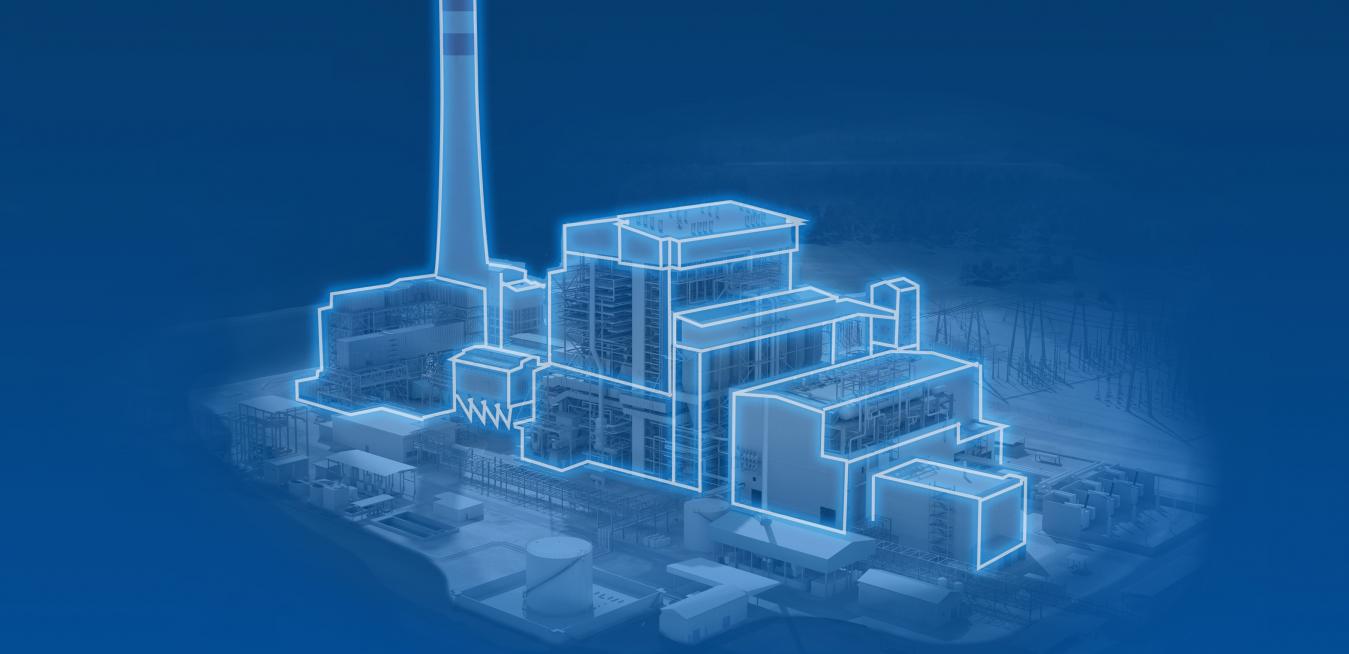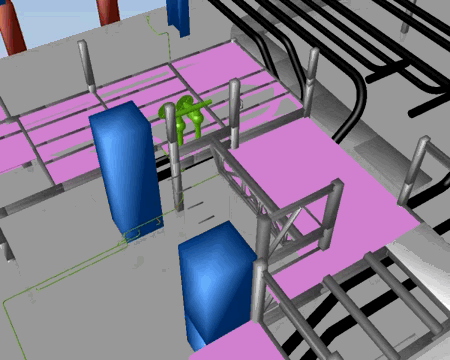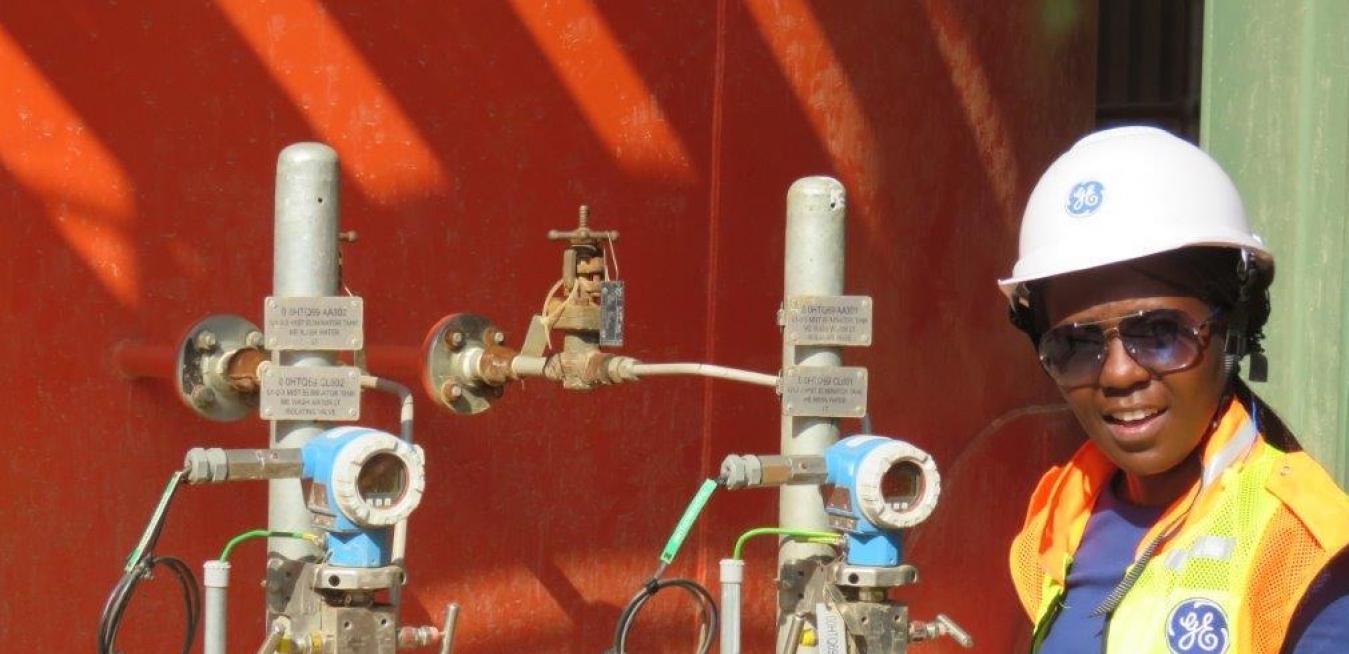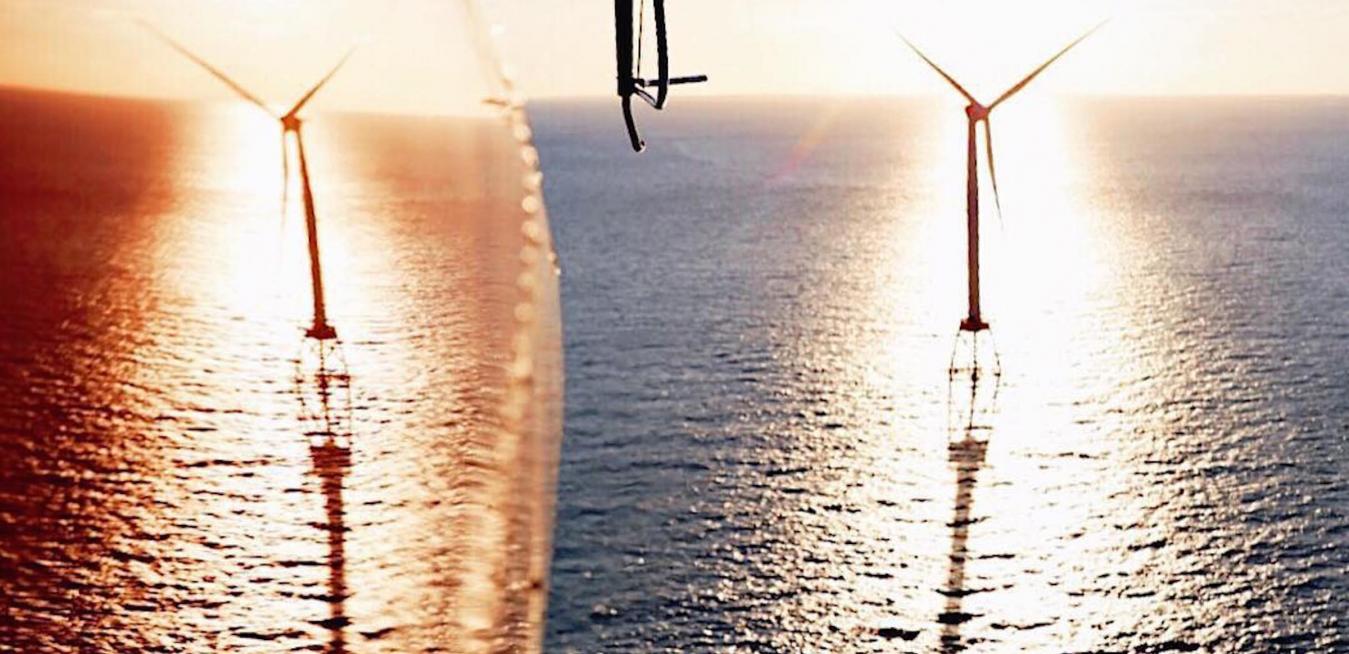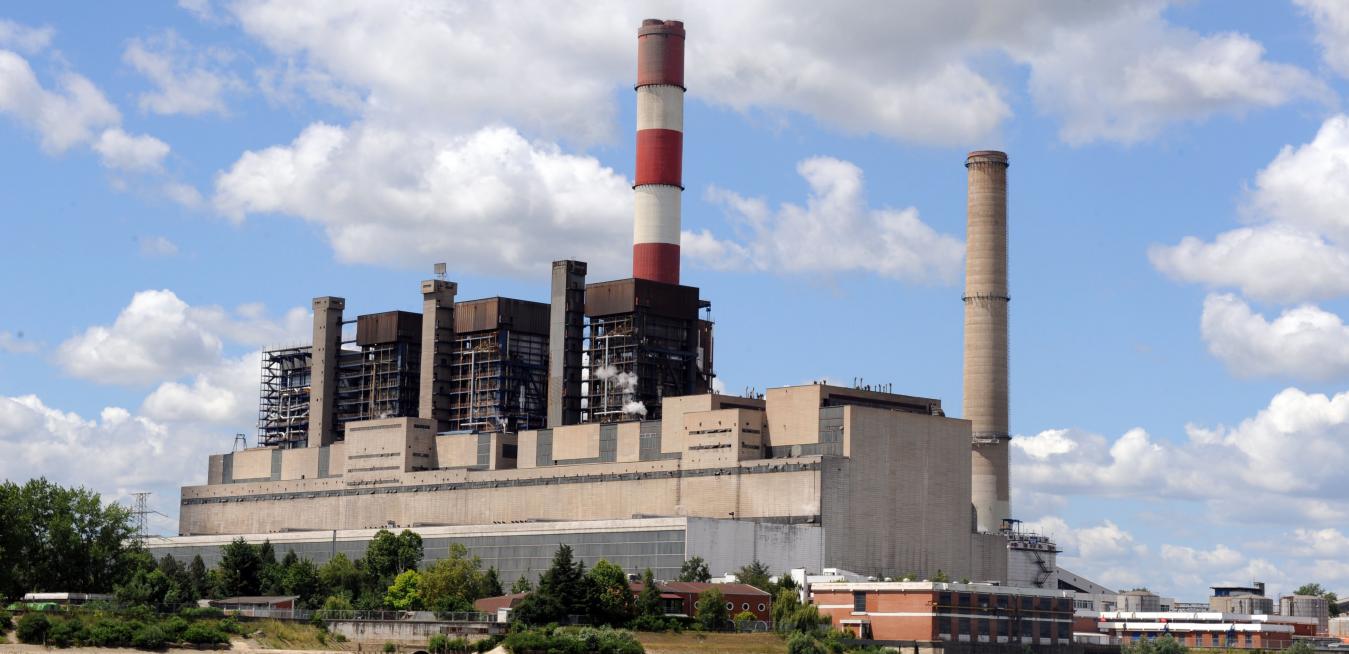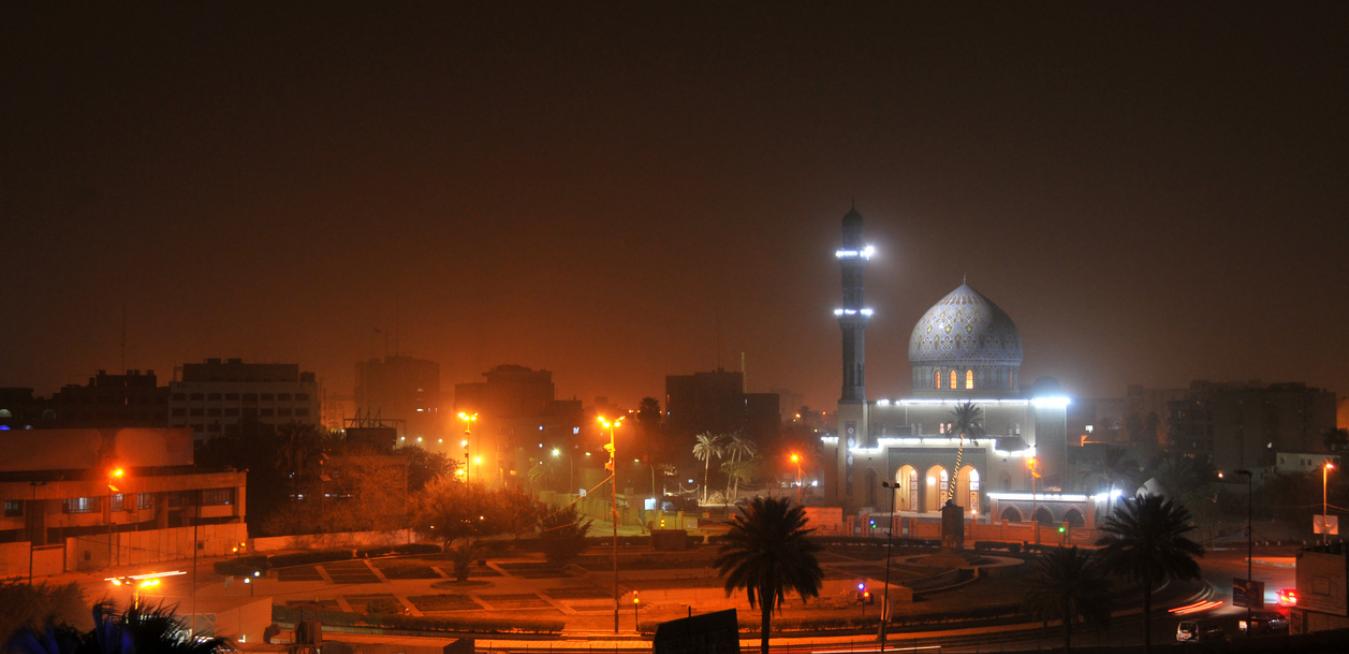Locals call Ramagundam the city of energy. The largest power plant in South India standing nearby along the banks of the Godavari River, for example, is capable of generating a whopping 2,600 megawatts of lifeblood electricity. That's enough to power 20 million local homes. The region has been investing in new power stations to meet its mammoth energy needs, but a major effort is also underway to modernize the existing fleet and make it efficient enough to meet the Indian government's ambitious targets to reduce air pollution.
A typical power plant is a very large and very complicated network of machines for making electricity that must be kept in good order. It's not an easy task.
GE is a company with world-leading experience operating throughout this ecosystem, whether that’s upstream production or generation and delivery. This is a landscape we understand, and it’s a landscape which is experiencing huge transformation. Here are 9 key areas to look out for.
Home to the Valley of the Muses, Greece’s Mount Helicon has been hailed by Ovid and Hesiod as the font of inspiration and poetry. But today, the plains between Helicon’s foothills and the cool blue waters of the Gulf of Corinth are yielding a more prosaic kind of material: aluminum. Instead of verse, raw red bauxite — a mixture of aluminum oxides — flows freshly mined from the hills to a large smelter operated by Aluminium of Greece (AoG) in the town of Agios Nikolaos.
The day before, two GE LM6000 gas turbines in operation at the PLTG Senipah (PLTGS) power plant in Teluk Pemegas village, malfunctioned cutting power to three cities – Balikpapan, Tenggarong, and Samarinda - connected to the plant’s Mahakam network.
The capital's lack of reliable power is making it hard for the business to operate. Every time the power goes out, its machines grind to a halt. Dough gets ruined. Cookies are underbaked. These interruptions are costing the company the equivalent of thousands of dollars in wasted ingredients.
